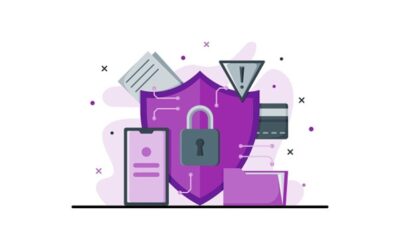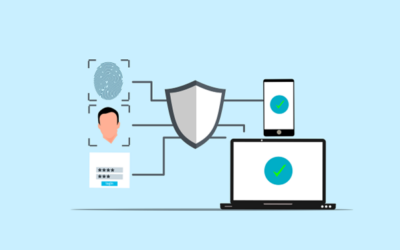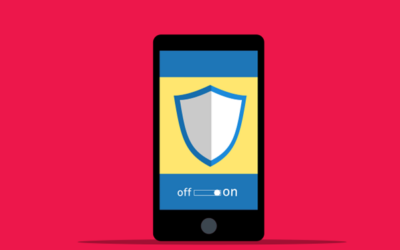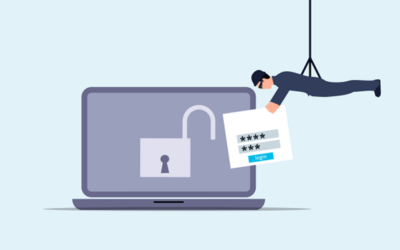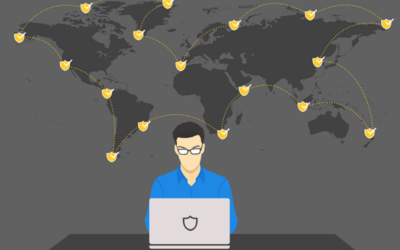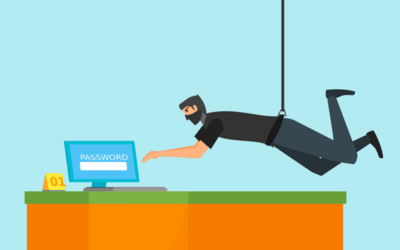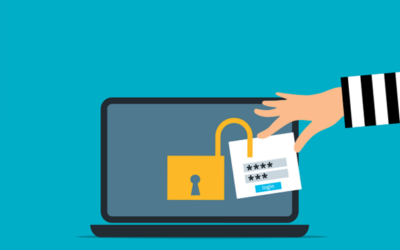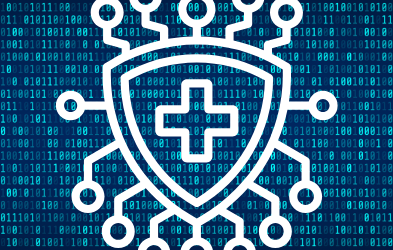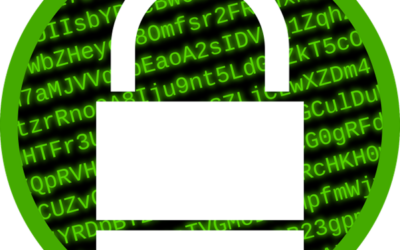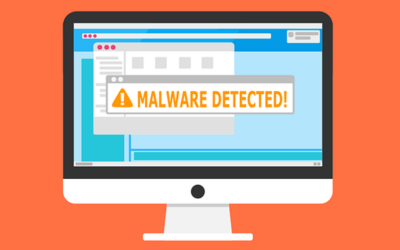 When it comes to cybersecurity, many employees do not realize they are on the front lines to protect the company from security risks. For example, an unintentional click to the wrong link could lead to a data breach. Your company may have outlined the perfect cybersecurity policy. However, those protections will not keep you completely secure without proper employee training.
When it comes to cybersecurity, many employees do not realize they are on the front lines to protect the company from security risks. For example, an unintentional click to the wrong link could lead to a data breach. Your company may have outlined the perfect cybersecurity policy. However, those protections will not keep you completely secure without proper employee training.
Above all, upholding cybersecurity standards is essential for any company that wants to stay in business. Unfortunately, vulnerabilities in a company’s information system can lead to financial devastation for years to come.
Below are some steps you can take to prepare your employees in identifying and mitigating cyber threats.
Implement A Top-down Approach To IT Security
The first step to safe training on cybersecurity is to change your organizational mindset. IT security is a shared responsibility between more than your IT department, CTO, or Managed Service Provider (MSP). We covered the basics of a top-down approach to IT Security in a previous blog post. This approach gets everyone working for your company involved – from the C-level execs to the newly hired intern.
Once every employee understands the gravity of a cyberattack and its impact, they can take cybersecurity seriously.
IT Policies Focused on Cybersecurity
The next step is to formulate IT policies. Here you should lay down the best practices for your staff to follow. Ideally, your IT policy should cover the following:
Passwords
- Rules regarding password setting
- Password best practices
- The implications of password sharing
- Corrective actions that are taken in the event the password policies do not get followed
Personal Devices
Set in place rules regarding the usage of personal devices at work or for work purposes. Answer questions like: Are all employees allowed to use personal devices for work? Or do you want to limit it to those handling less sensitive data? What about individuals that may need to be available 24/7? Clarify the rules that they must follow.
For example, you may require a weekly or monthly check for malware and updates to anti-malware software. If only certain devices, software, or operating systems are approved, they should get addressed.
Discuss best practices and educate your employees on the risks of connecting to open internet connections (Free Wi-Fi). Such as the ones offered at malls or airports.
Cybersecurity Measures
Document the cybersecurity measures that you have in place for your business. These measures should include your digital standards like the software you have deployed to keep malware out. Such as anti-virus tools and firewalls. Also, consider the physical measures such as CCTV systems and biometric access controls.
An example of good cybersecurity practice is how you handle employee turnover. When someone quits your organization or changes positions, how are access issues addressed? It is important to clarify the process of removing a user from the network. You need to changing the passwords and limit access.
Employee Training in Cybersecurity
Employee training will form a big part of the cybersecurity initiative you will take on as an organization. As a result, you need to train your employees to identify and respond correctly to cyber threats. Here are some employee training best practices that you can make a part of your cybersecurity training program.
Create an IT Policy Handbook
Make sure you have a handbook of your IT policy. Share this policy with every new employee. Since IT is evolving at a great speed, ensure the handbook is consistently updated.
Make Cybersecurity Training Part of the Official Training Initiatives
Cybersecurity training should be a part of your corporate training initiatives for all new employees. Additionally, you can also conduct refresher sessions once in a while to ensure your existing employees are up-to-date on the latest cyberthreats.
At the end of the training session, conduct tests. For example, mock drills and certification exams are great training tests. Then, provide follow-up training and assessments for those who need it. This strong emphasis on training will ensure your employees take cybersecurity seriously.
Day Zero Alerts
As discussed, the cybercrime landscape is constantly evolving. Every day, cybercriminals find new vulnerabilities to exploit and new methods to steal your data or hack into your system. Day zero alerts are a great way to keep your employees updated. Send an email to everyone spelling out clearly what the threat is and what they can do to mitigate it. Then, follow up to verify they took the necessary steps.
Organizational Transparency
Lastly, let your employees know who to contact in the event of any IT-related challenges. This is important because someone troubleshooting on the internet for a solution to something could accidentally download malware. For example, an employee looking up how to zip up a file might fall victim to malware. Being a victim of a cyber-attack can prove disastrous for your business. It can cause a negative brand image. You could lose customers and it is a opening for possible lawsuits.
In light of such serious ramifications, it makes sense for organizations to train and inform all employees about cybersecurity. Above all, talk and train your employees regularly about cybersecurity. They need to keep security issues at the top of their mind. As a result, they will know what to look for and the right steps to take in the event of a cyber attack.
Need help setting up a cybersecurity plan for your organization? Contact Wahaya IT today.













